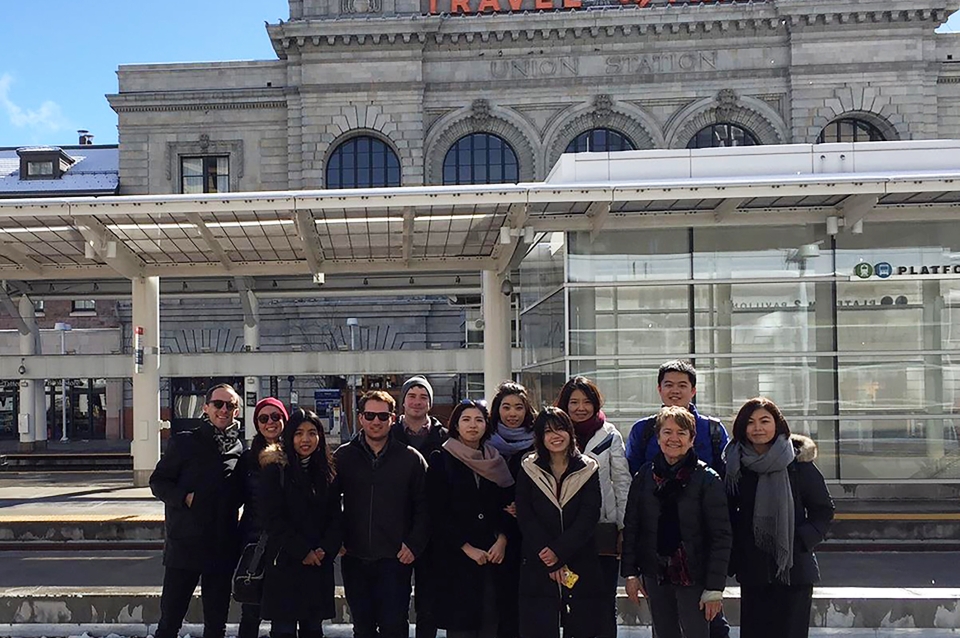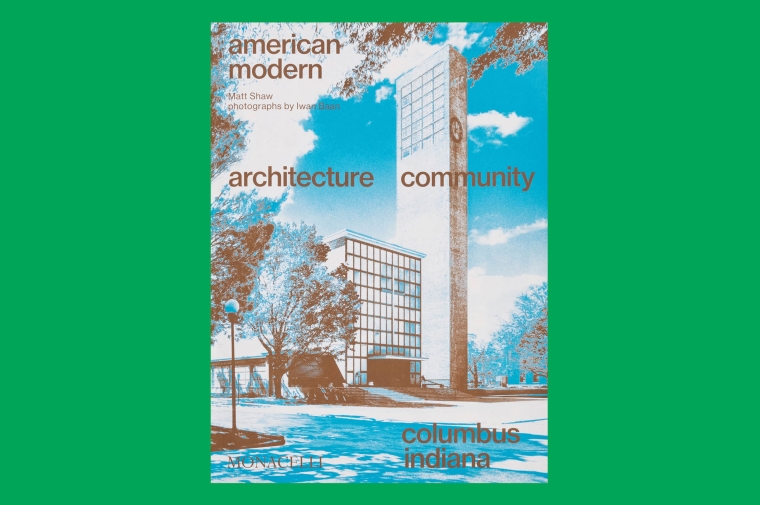February 26, 2018
Stuart Weitzman School of Design
102 Meyerson Hall
210 South 34th Street
Philadelphia, PA 19104
Get the latest Weitzman news in your Inbox
Media Contact
Michael Grant
mrgrant@design.upenn.edu
215.898.2539
In his State of the Union address last month, President Trump called on Congress to invest at least $1.5 trillion in infrastructure. While it remains to be seen if Capitol Hill can make it a reality, a group of students in the departments of Architecture and City and Regional Planning is outlining the elements of a national transportation investment strategy. The studio recently traveled to Denver and Los Angeles to meet with officials and designers who have planned and are now building two of America’s most ambitious metropolitan transportation investment programs.
In both Denver and Los Angeles, successive mayors have spurred innovative investments in transit systems that are shaping these cities and their metropolitan regions. Led by Marilyn Jordan Taylor, Professor of Architecture and Urban Design and global chair of the Urban Land Institute, and Professor of Practice Robert Yaro, the students are preparing design, urban design, and planning proposals for sites in both cities as well as the New York region. They’re joined in the studio by Teaching Assistant Douglas Land Smith.
“Not since the passage of the National Defense Interstate Highway Act in 1956 has there been a long-range vision for the nation’s mobility system,” Taylor and Yaro explain. “Since then the nation’s population and the number of automobiles on the roads have more than doubled, while the economy has increased more than five-fold.”
Building on decades of their successful experience in practice (Taylor as a partner at Skidmore, Owings & Merrill, and Yaro as president of the Regional Plan Association and chair of The Civic Alliance to Rebuild Downtown New York), they designed the studio to deal not just with moving people and goods, but with “how successful infrastructure development strategies can address the broader range of urgent issues facing the country, including climate resilience, growing social, racial and spatial divisions and global competitiveness.”
This is not the first time that a PennDesign studio has offered creative approaches to resolving these challenges. In 2004, the Plan for America Studio identified 11 emerging megaregions and outlined a national high-speed rail system to meet the inter-city mobility needs of these places. And, in 2010, the Northeast Corridor Rail Studio outlined the components of a high-speed rail system for the Northeast Megaregion. That studio gave its final presentation at the White House to Vice President Biden and a roomful of high-level legislators and officials.
The students are planning to issue a final report that will be made available to opinion and policy leaders across the country, and create a public website to build public interest in their work and recommendations.


 Expand Image
Expand Image



